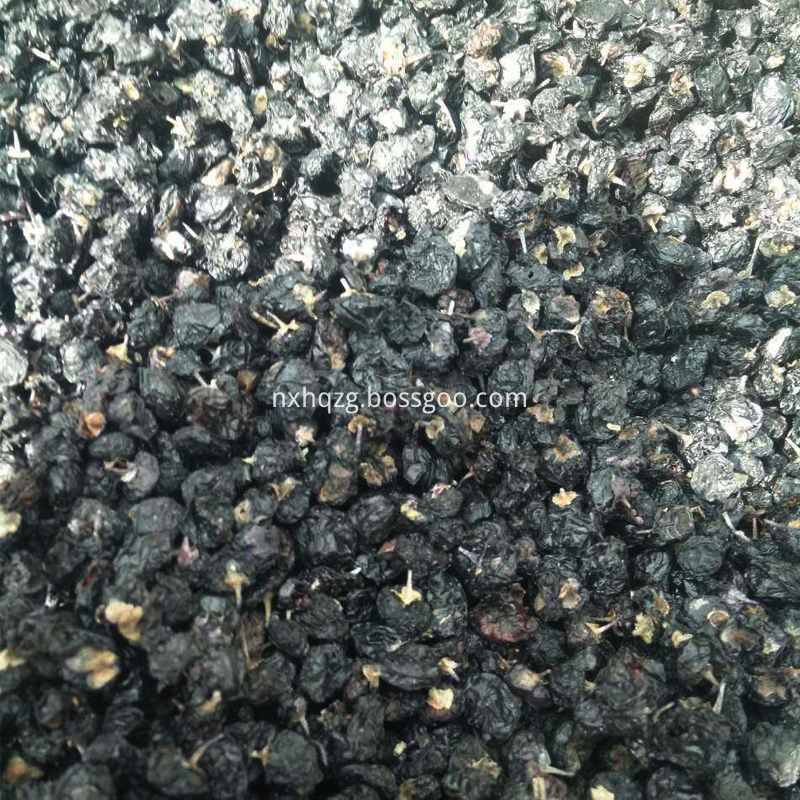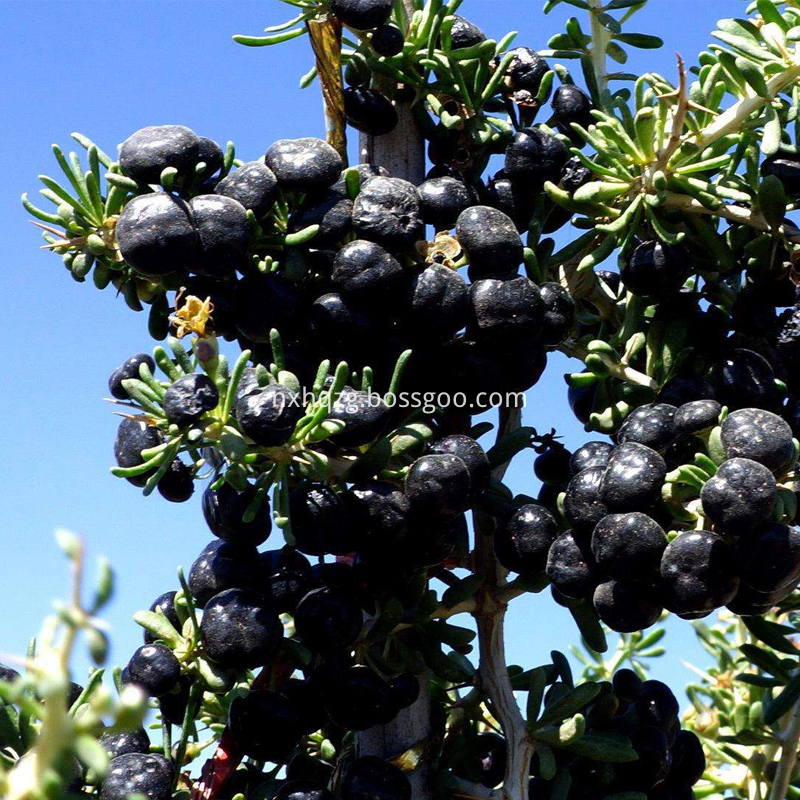A briefing paper suggested that the process of domesticating wheat is relatively slow, but it may start very early, perhaps starting in a short period of time after the human settlement lifestyle was adopted in the early villages in the Near East about 12,000 years ago. The researchers looked at wheat residues from several archaeological sites in the Near East from northern Syria to southern Turkey and found evidence showing slow natural selection of wheat and barley rather than rapid artificial selection. Wild wheat spikes become "spikelets" after ripening, compared to the fact that home wheat does not break easily, allowing farmers to harvest entire ears. According to the damage status of ancient wheat ears, scientists can determine whether they are fragile wild plants or whether they can maintain their own varieties. They found that the wheat found in the earliest archeological sites in the Near East had no signs of being home-built, and the signs of domestication had gradually increased in the three archaeological sites that had become closer to each other. These data, as well as independent barley data, indicate that the domestication of wheat has occurred gradually. Previously published by Express as the professor of the Department of Botany at Michigan State University, Sang Tao, and Changbao Li, Ailing Zhou, and other researchers completed an article on Rice Domestication by Reducing Shatterin on the cover of this issue (March 31) Science Magazine. Although according to the Hemudu rice residue study, we know that rice has emerged rice seeds 4700 years ago, but the gene molecules that do not cause grain loss in rice (an important feature of rice homeification: only grain cannot guarantee harvest) The foundation is still unknown. Sang et al. found that the artificial replacement of amino acids on a DNA binding site encoded by a previously unknown gene is the most fundamental cause of the rice homer's loss of grain. This substitutional mutation destroys the normal development of the control layer separating the grain from the stem, so that the rice does not easily fall out of the grain to release the seed, but also makes it possible to remove the rice from the chaff after harvest. separate from. In the same issue of Science, other scientists from Japan discovered that the domestication of wheat has gradually occurred. Unlike rice, the slow natural selection of wheat and barley is not a quick artificial choice. Wild wheat spikes become "spikelets" after ripening, compared to the fact that home wheat does not break easily, allowing farmers to harvest entire ears. According to the damage status of ancient wheat ears, the researchers can determine whether they are fragile wild plants or whether they can maintain the full-fledged domesticated species. They found that the wheat found in the earliest archeological sites in the Near East had no signs of being home-built, and the signs of domestication had gradually increased in the three archaeological sites that had become closer to each other.
Special grade black wolfberry usually refers to the size of the particle in 0.5-0.6 cm, is a better quality black wolfberry, the normal size of the black wolfberry, high anthocyanin content, generally described as the size of the soya bean.
Ningxia black wolfberry, sweet and flat, is rich in protein, fat, sugar, free amino acids, organic acids, minerals, trace elements, alkaloids, vitamin C, B1, B2 and other nutrients. Compared with the red wolfberry, its vitamin, mineral and other nutrients are more abundant, especially the natural anthocyanins with free radical scavenging and antioxidant function. The medical value is far higher than the ordinary red wolfberry. It is known as "soft gold" and "blue demon" in the wild.
Improve circulation and enhance physical fitness: anthocyanin can improve blood circulation, restore the lost microvascular efficacy, strengthen the fragile blood vessels, and thus make the blood vessels more flexible. Proanthocyanidins are known as "antidotes for atherosclerosis". For those with insufficient venous function, proanthocyanidins can effectively relieve pain, swelling, and nocturnal spasms, so doctors in Europe usually suggest that patients with varicose veins are rich in anthocyanin - rich foods.


Black Goji Berry 0.5 Specifications
Black Goji Berry 0.5 Specifications,Super Grade Black Goji 0.5 Specifications,AA Grade Black Wolfberry,NingXia 0.5 Black Wolfberry
Ningxia Hongqiaozhigu Technology&Development Co.,Ltd , http://www.guofuhui-ec.com

